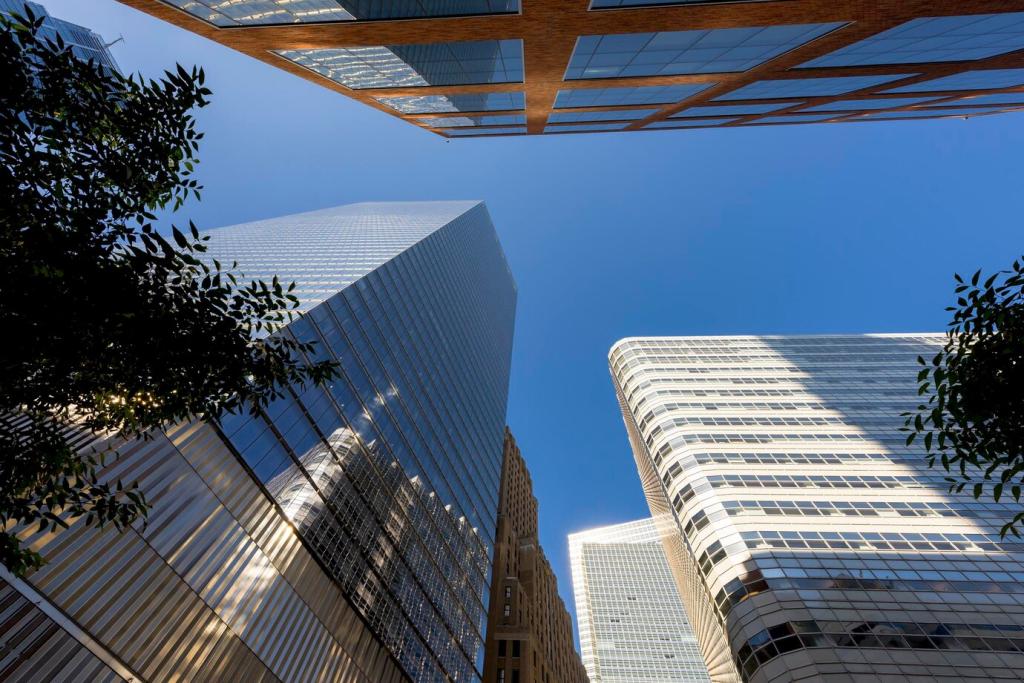The Smart, Sustainable Building Edge
Access control, package management, and responsive maintenance apps drive daily satisfaction more than flashy dashboards. Interview tenants, test adoption rates, and budget for training. A modest tool that solves real problems beats an expensive platform no one opens twice.
The Smart, Sustainable Building Edge
Heat pumps, smart thermostats, and better insulation reduce bills and stabilize net operating income. Comfort sells the upgrade: quieter rooms, steadier temperatures, cleaner air. Over a hold period, that combination compounds into stronger renewals and fewer costly surprise repairs.
The Smart, Sustainable Building Edge
Metering and building models help forecast maintenance and verify savings to lenders. Start simple: track baseline consumption and disclose progress. Clear, consistent reporting can widen your buyer pool upon exit and soften valuation swings when markets turn cautious.








